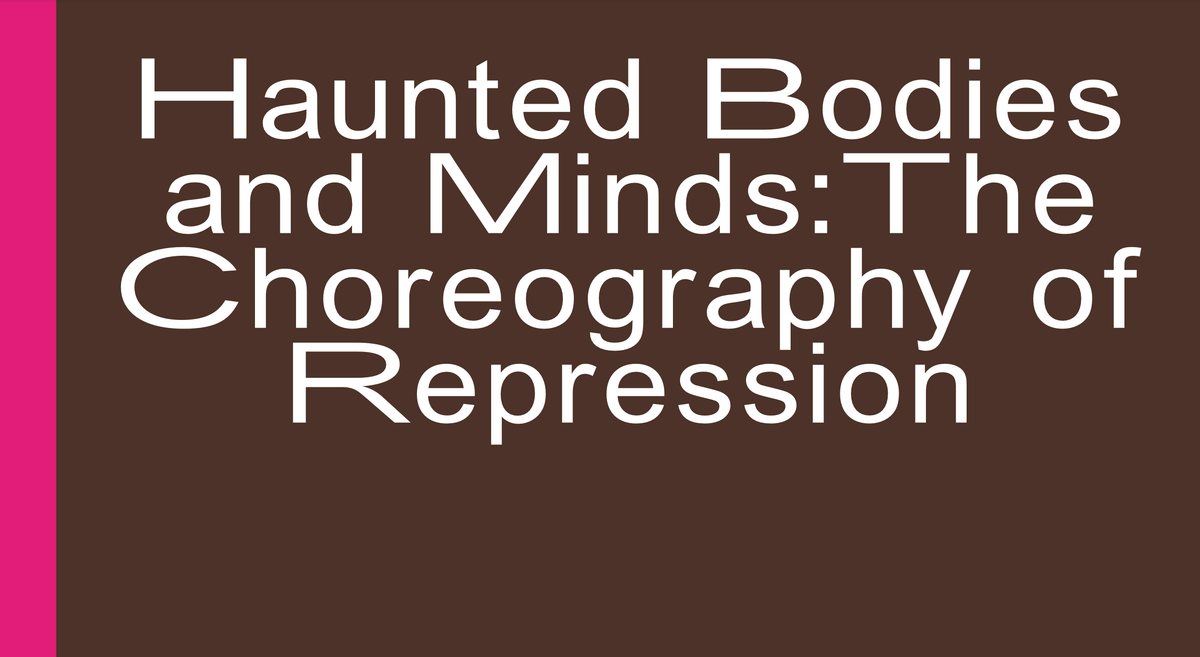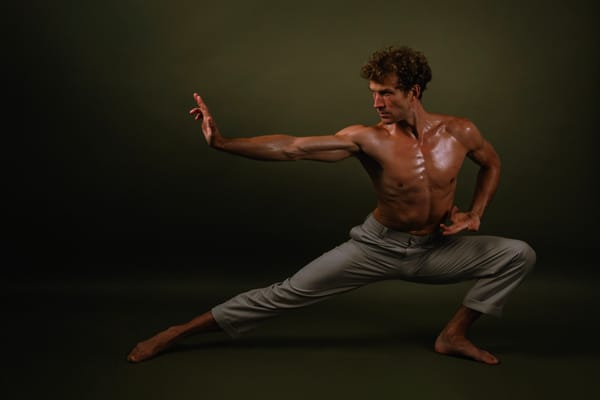Haunted Bodies & Minds by Vinícius Portella
The choreography of repression: a history of policing dance, from medieval plagues to Brazilian funk. An essay by Vinícius Portella.

What is it about bodies moving together that has terrified authorities for centuries?
From medieval dancing plagues to TikTok algorithms, from the jazz age to Brazilian funk, certain rhythms have always been suspect. “In Haunted Bodies and Minds: The Choreography of Repression,” Vinícius Portella traces a hidden history of social control, one that operates through the policing of gesture itself.
Portella, a Brazilian novelist and literary critic whose fiction explores technology and contemporary youth culture, brings both scholarly rigor and cultural insight to this essay. His argument draws on the work of Ishmael Reed, whose 1972 novel Mumbo Jumbo imagines a fictional dancing epidemic called “Jes Grew” that spreads through 1920s America, explicitly modeled on the rise of ragtime and African-American dance. Vinícius also engages with Arthur Jafa, the Mississippi-born video artist whose montage works like “Love Is the Message, the Message Is Death” compile fragments of Black gesture and movement into explosive visual statements about joy, pain, and cultural memory.
Through these sources and others, Vinícius argues that choreography stands as more than entertainment: it marks a battleground where cultures decide which movements are acceptable and which must be suppressed. Why have Afro-diasporic dance traditions, from Candomblé to cakewalk, been so consistently demonized? What distinguishes a military march from a religious trance, when both involve collective rhythm? And what does it mean when an entire culture’s dance contribution gets dismissed?
The essay moves from medieval Europe to contemporary Brazil, showing how societies encode their deepest anxieties and aspirations into the movements they permit or forbid. Different ways of losing yourself to a beat carry different meanings, and the distinction might matter more than we think.
Read full essay in Issue 04: Structure of a Dance Mag





